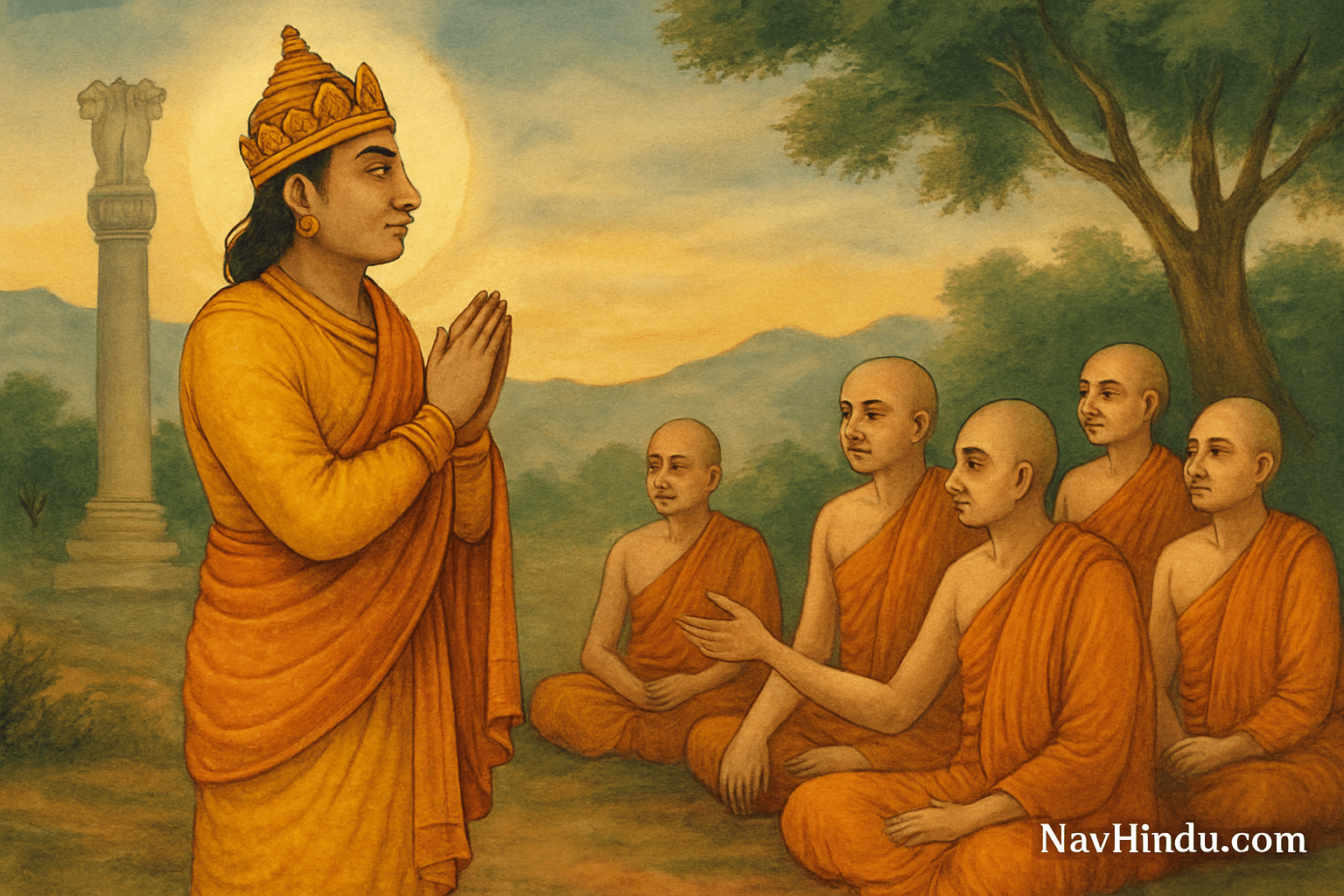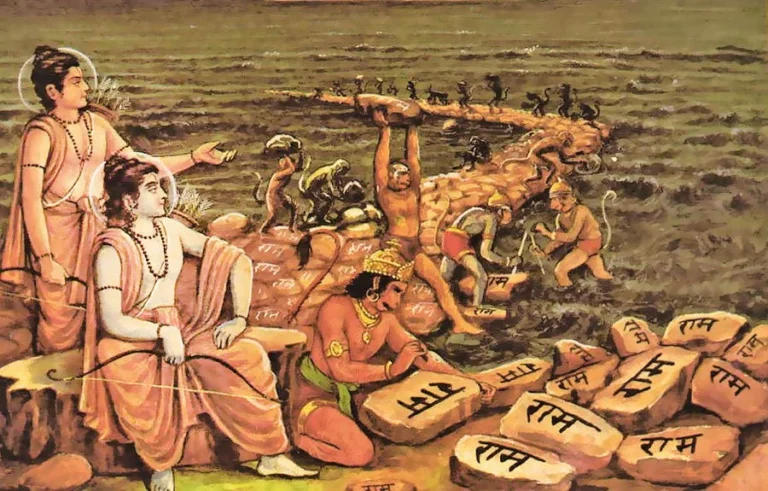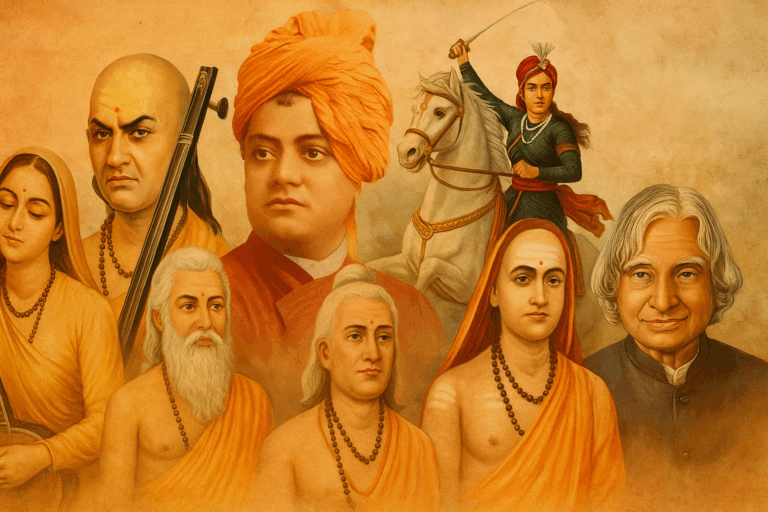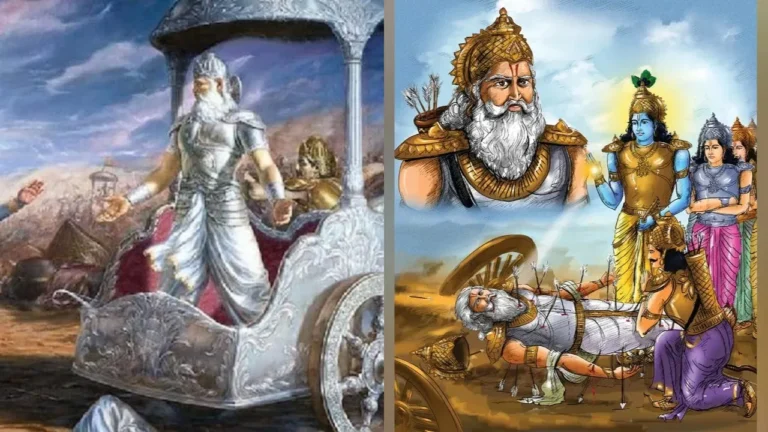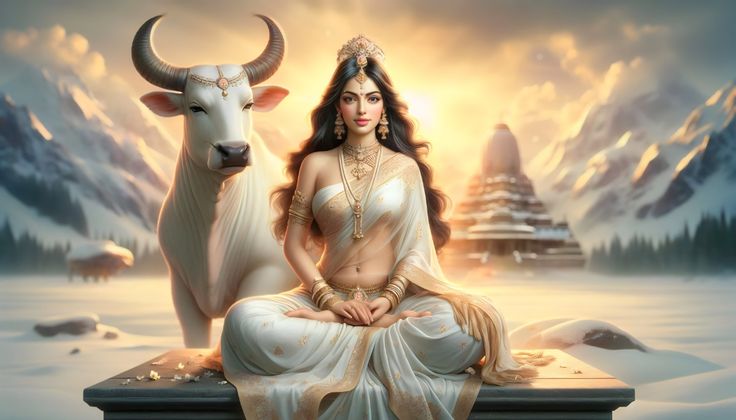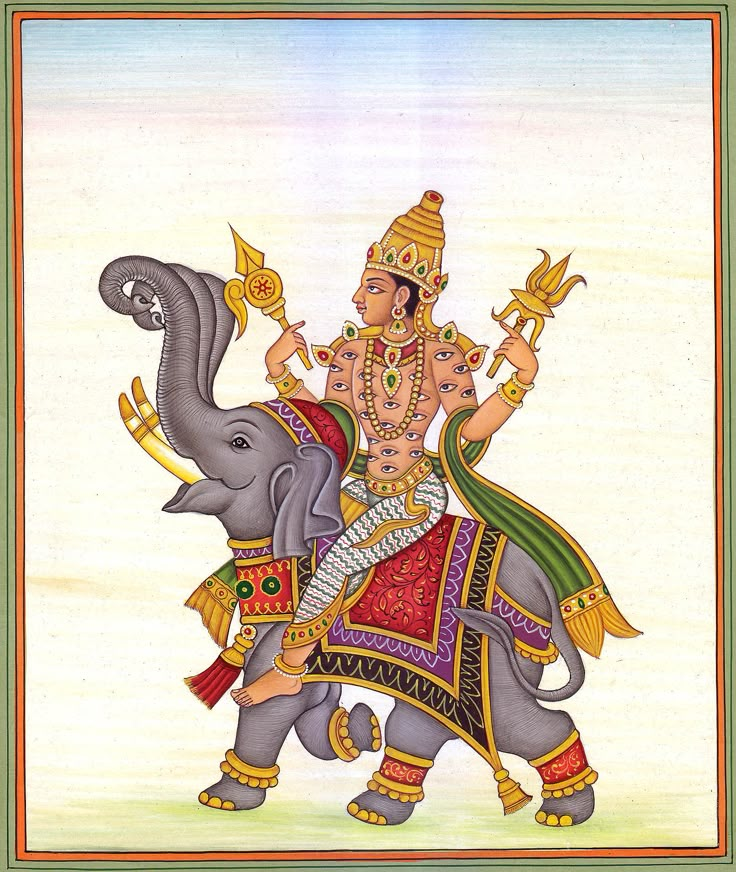History remembers many conquerors, but only a few emerge from its bloodied pages as transformed souls. Emperor Ashoka, once known as Ashoka the Fierce (Chandashoka), went on to become Ashoka the Righteous (Dharmashoka)—not by conquest, but by choosing peace after bloodshed. His transformation marked a civilizational shift in the subcontinent, where the might of the sword bowed to the message of ahimsa (non-violence), compassion, and inner governance.
But what exactly led to this pivot? And how did one man’s awakening shape the very essence of Indian ethics, statecraft, and spirituality for generations to come?
Let’s dive deep into this extraordinary episode of real-life itihas.
The Early Ashoka: A Prince Bred in Fire
Born around 304 BCE to the mighty Mauryan emperor Bindusara and a lesser-known queen (possibly Subhadrangi), Ashoka wasn’t the crown prince. He had to earn his place through military prowess and brutal efficiency. Sent to suppress revolts in regions like Ujjain and Takshashila, Ashoka gained a reputation for being ruthless — feared more than loved.
When he eventually rose to the throne after a fierce succession struggle, Ashoka’s ambition burned brighter than ever. His empire was vast — stretching from present-day Afghanistan in the northwest to Bengal in the east, and as far south as Karnataka.
But his most fateful conquest was yet to come.
The Turning Point: Kalinga and Its Carnage
The Kalinga War in 261 BCE was a watershed moment not just in Ashoka’s life, but in the moral conscience of Indian statecraft. Kalinga (modern-day Odisha), a prosperous and independent region, refused to bow to the Mauryas.
Ashoka launched a full-scale invasion. The result?
- Over 100,000 people killed
- 150,000 taken prisoner
- Cities razed, families destroyed
What followed was not jubilation, but deep anguish. According to Ashoka’s own inscriptions — particularly Rock Edict XIII — the devastation haunted him:
“Even a hundredth or a thousandth part of the number of those killed or injured or carried away… weighs heavily on the mind of Devanampiya [Beloved of the Gods].”
Here was a ruler who, after achieving supreme dominance, stood devastated by the weight of his own victory. The blood on his hands wasn’t glory — it was a karmic burden.
The Dharma Awakening: What Really Changed Ashoka?
Post-Kalinga, Ashoka did not retire from politics or power. He didn’t abdicate his throne. Instead, he transformed his relationship with power.
He turned toward Dhamma — a term that has roots in both Sanatan Dharma and Buddhist philosophy. Dhamma was not a religion. It was a code of righteous living, inspired by compassion, truth, patience, forgiveness, and non-violence.
He started studying the teachings of the Buddha, sought out Buddhist monks, and immersed himself in spiritual dialogue. It wasn’t a conversion as much as it was an internal metamorphosis — a realization that rule through fear cannot create a just society.
This shift was not merely personal — it was political, social, and civilizational.
Governance by Dhamma: A Revolutionary Model
Ashoka’s rule post-Kalinga became one of the most remarkable experiments in ethical statecraft the world has ever seen.
Here’s what changed:
1. The Role of Dhamma Mahamatras
He appointed a new class of officials — Dhamma Mahamatras — who traveled across the empire, spreading messages of morality, overseeing welfare, and resolving disputes with fairness and empathy.
2. Public Welfare Projects
Ashoka built hospitals, wells, shade trees, and rest houses — not just for humans but for animals too. These were spiritual expressions of his newfound reverence for all life.
3. Inscriptions as Moral Media
He had his edicts inscribed on rocks and pillars throughout the empire — in local languages — spreading the core values of compassion, truth, self-restraint, and unity.
Many of these still survive today — like the Ashokan Pillar at Sarnath or the edicts in Girnar, Dhauli, and Junagadh. These were the social media of ancient India — carved into time itself.
Was Ashoka Buddhist or Sanatani?
There’s often debate: Did Ashoka abandon Hindu dharma for Buddhism?
Not quite. Ashoka supported all dharmic paths — Hindu, Jain, Ajivika, Buddhist. His edicts show equal reverence for all seekers of truth, even as he leaned into Buddhist soteriology.
He didn’t enforce religion. He fostered spiritual diversity and ethical governance, which was a hallmark of Sanatan Dharma’s broad-mindedness.
Ashoka’s Influence on the Indian Soul
Ashoka’s transformation created ripples that shaped the subcontinent for centuries:
- Buddhism spread from India to Sri Lanka, Central Asia, and even China through emissaries Ashoka sent, including his son Mahinda and daughter Sanghamitta.
- The idea of ahimsa became central to Indian ethics — later influencing saints like Gandhi, Vinoba Bhave, and even Nelson Mandela.
- His lion capital became India’s national emblem, and the Ashoka Chakra, the wheel of dharma, was placed at the heart of India’s national flag.
The Spiritual Symbolism of Ashoka’s Journey
Ashoka’s story isn’t just historical — it’s archetypal. It represents a profound journey from power to purpose, from ego to empathy.
In the Sanatan understanding, Dharma is not static. Even a warrior-king can become a sage. Even after grave mistakes, one can rise in spiritual stature — if one awakens.
Ashoka’s transformation is a living testament that victory over others pales before victory over oneself.
In the Language of the Soul
Ashoka proved that political leadership can be spiritually anchored. That dharma isn’t about rituals, caste, or temple — but about how we treat others, especially the vulnerable.
From the battlefield of Kalinga to the quiet sanctuaries of monasteries, Ashoka walked a path that elevated India’s moral compass. His reign didn’t just expand borders — it expanded the idea of what it means to be a ruler in harmony with dharma.

